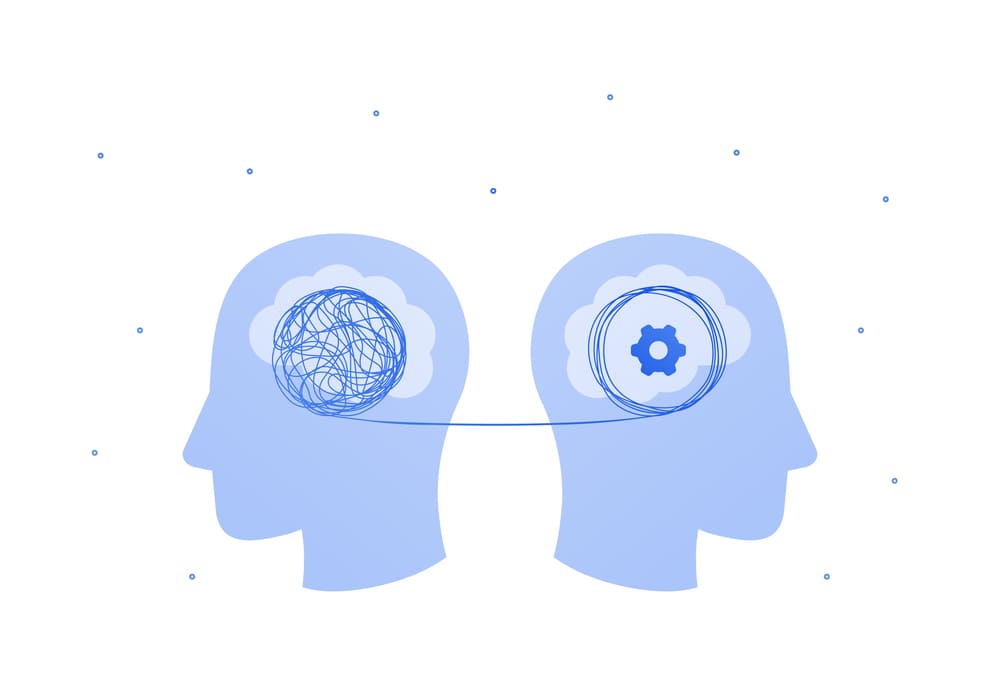- Jay Schiff
- 0 Comments
Examining the Transcranial Magnetic Stimulation Benefits
Mental health issues can be a menace to your well-being. When your mind is not healthy, every other aspect of your life is likely to be affected. If you are undergoing therapy and are not producing the desired results, you might want to consider TMS.
TMS is a safe, effective, non-invasive treatment for depression and other mental issues.
What is TMS? What are its Uses?
Transcranial magnetic stimulation (TMS) is a non-invasive procedure that uses a magnetic field to stimulate specific brain areas. It is often used in research and as a treatment for certain neurological and psychiatric conditions.
TMS is usually administered using a handheld device that generates a magnetic field that passes through the skull and into the brain. The magnetic field can stimulate specific brain cells, called neurons, to become more active or less active.
TMS has been used to treat various conditions, including depression, anxiety, obsessive-compulsive disorder (OCD), and post-traumatic stress disorder (PTSD). It has also been used to study the brain and how it functions and to explore the potential of brain-computer interfaces and other technologies.
Benefits of TMS
1. TMS is non-invasive
TMS is a safe and painless alternative to invasive procedures such as deep brain stimulation or electroconvulsive therapy.
When a patient receives TMS treatment, a magnetic field generator, also known as a TMS coil, is placed near the head of the patient. The TMS coil generates a magnetic field that passes through the skull and into the brain, activating neurons in a specific region. The patient does not feel any discomfort or pain during the procedure, and there are no known side effects.
TMS is a safe and non-invasive way to stimulate specific areas of the brain and has been shown to be effective in treating various conditions.
2. TMS is effective and provides long-term results
Multiple studies have shown that TMS can significantly reduce the symptoms of depression and improve overall functioning in patients who have not responded to traditional treatments such as antidepressants. In some cases, TMS is as effective as electroconvulsive therapy (ECT), a more invasive brain stimulation procedure, in treating depression.
One of the significant transcranial magnetic stimulation benefits is that it can provide long-term results. While the effects of TMS are not immediate, the benefits of treatment tend to accumulate over time, with some patients experiencing significant symptom improvement after several weeks of treatment. In addition, you can sustain the effects of TMS over the long term, with many patients experiencing long-lasting improvements in their symptoms even after treatment has ended.
3. TMS therapy does not require sedation or anesthesia
TMS does not require sedation or anesthesia. During a TMS treatment, a magnetic field generator, also known as a TMS coil, is placed near the head of the patient. The TMS coil generates a magnetic field that passes through the skull and into the brain, activating neurons in a specific region.
The patient remains awake and alert during the procedure, and no discomfort or pain is involved. Some patients may experience a slight tapping sensation on their scalp during the treatment, but this is generally not unpleasant.
Because TMS does not require sedation or anesthesia, it is a safer and more convenient treatment option than other brain stimulation procedures.

4. TMS Is Non-Addictive
One of the significant transcranial magnetic stimulation benefits is that it is not addictive. Unlike some medications, TMS does not have the potential to be abused or to cause dependence. This is an important consideration for patients seeking addiction treatment, as it allows them to receive treatment without the risk of developing another habit.
TMS is generally considered a safe and well-tolerated treatment option, with few reported side effects. TMS’s most common side effects are mild and may include scalp discomfort, headache, and lightheadedness. These side effects are generally temporary and resolve independently within a few hours or days after treatment.
5. There Are No Extreme Side Effects With TMS
There have been no reports of extreme side effects or serious complications associated with TMS. The procedure is non-invasive, and the magnetic fields used in TMS are not strong enough to cause any damage to the brain or other tissues. It has few side effects, but some people may experience mild to moderate discomfort during treatment, including a headache or scalp discomfort at the site of the magnet. Some people may also experience dizziness or tingling sensations.
As with any medical procedure, there is a small risk of adverse effects or complications. It is essential to discuss any potential risks and benefits with a healthcare provider before starting TMS treatment.
6. TMS Is Evidence-Based And Proven To Work Even When Depression Is Treatment-Resistant
There is a growing body of evidence demonstrating TMS’s effectiveness in treating depression. Studies show that TMS can significantly reduce the symptoms of depression and improve overall functioning in patients who have not responded to traditional treatments such as antidepressants. In some cases, TMS is as effective as electroconvulsive therapy (ECT), a more invasive brain stimulation procedure, in treating depression.
7. Hospitalization Is Not Required, And After Treatment
For TMS patients, there is no need for hospitalization during treatment. After a TMS treatment session, patients can return home or to their normal activities. As mentioned earlier, the procedure does not require sedation or anesthesia and is generally well-tolerated by patients.
TMS’s most common side effects are mild and may include scalp discomfort, headache, and lightheadedness. These side effects are generally temporary and resolve independently within a few hours or days after treatment.

TMS is typically administered as a series of outpatient treatments, with patients receiving treatment several times a week for several weeks. The exact length and frequency of treatment can vary depending on the individual patient and the severity of their symptoms.
Overall, the outpatient nature of TMS treatment makes it a convenient and accessible treatment option for patients seeking alternatives to medications or more invasive brain stimulation procedures.
Wrapping Up
Summing it up, TMS is effective in treating various neurological and psychiatric disorders, including depression, anxiety, obsessive-compulsive disorder (OCD), and schizophrenia. It is also effective in treating pain, migraines, and tinnitus.
TMS is generally well tolerated and has a low risk of side effects. It may be particularly beneficial for individuals who have not responded well to other forms of treatment, such as medication or psychotherapy, or for those unable to take certain medications due to side effects or other contraindications. TMS may also be an option for individuals who prefer a non-pharmacological treatment approach.
TMS is safe and effective; you might want to consider it to get results without experiencing intense side effects. Also, note that the treatment reacts to different people differently, and it is essential to consult a health expert before starting treatment.
